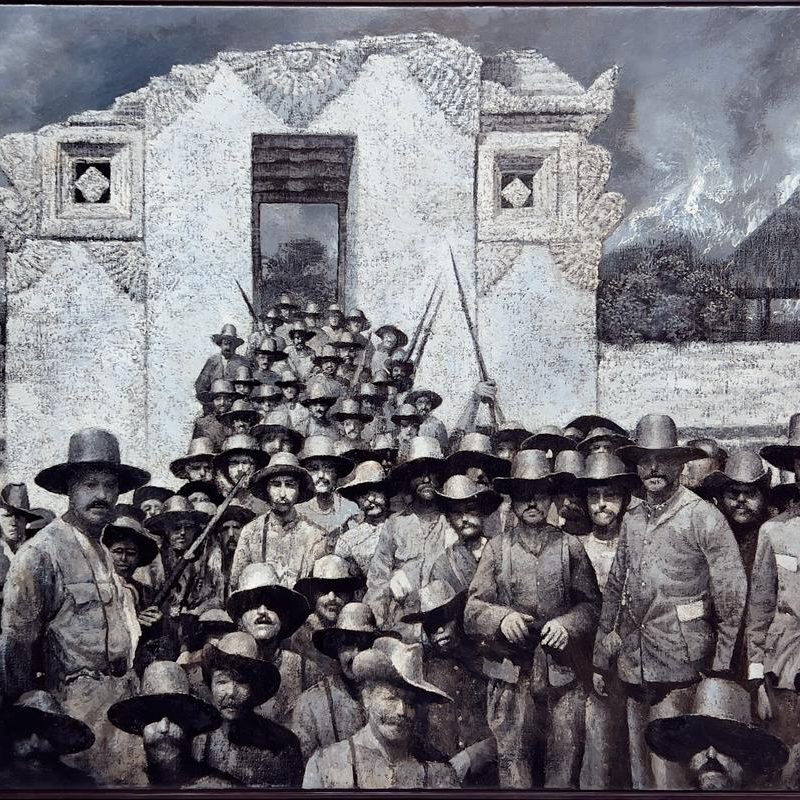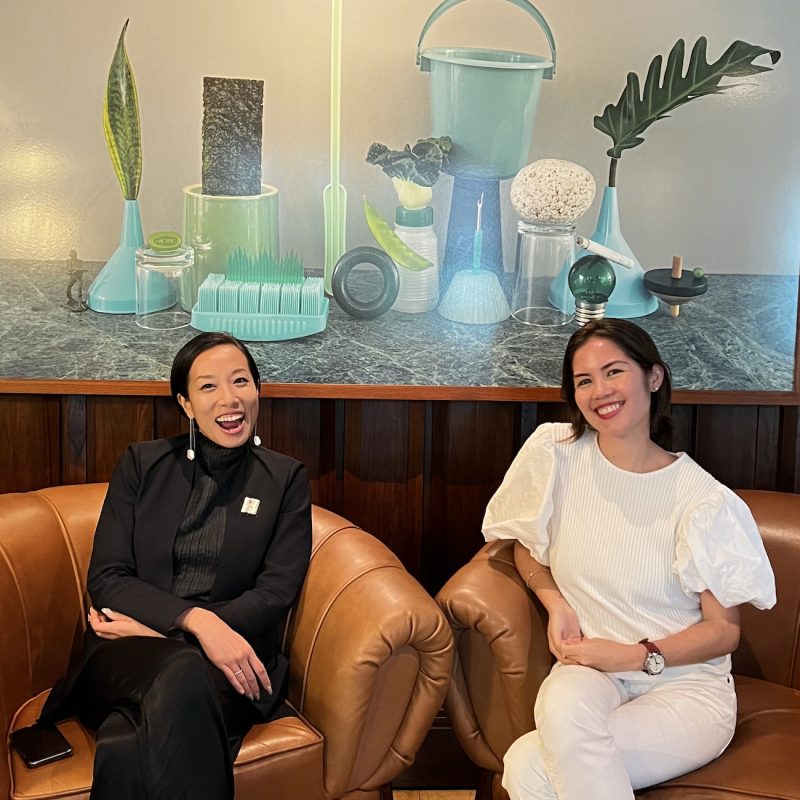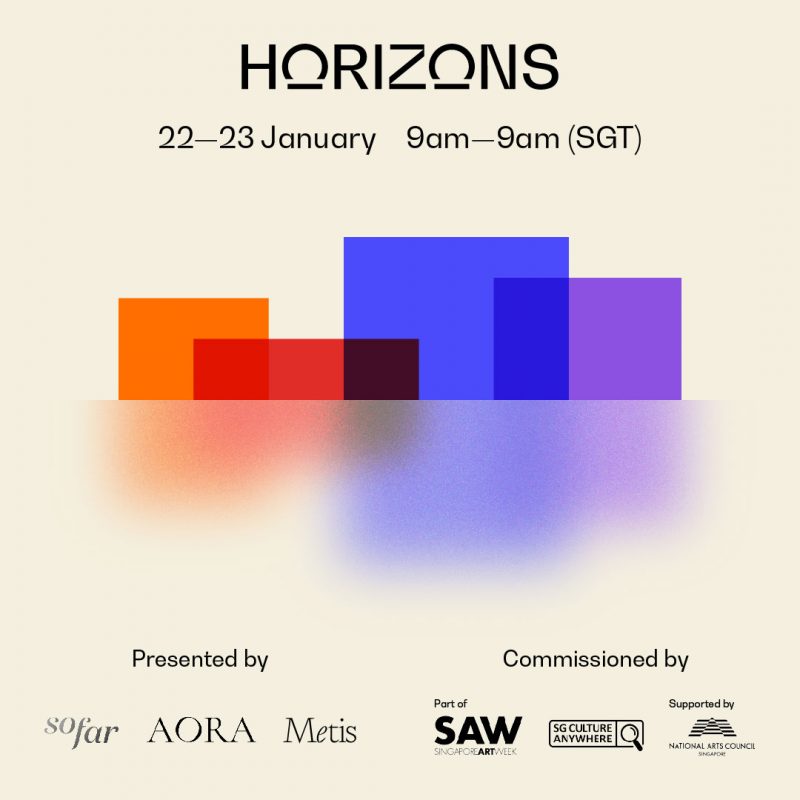Art Ambassador and Patron Benedicta M. Badia de Nordenstahl shares about her ethos and unique approach to collecting as a social practice.
–
1. When did you begin collecting art and why?
I started buying art back in 2005. The first art piece I bought was from a Brazilian artist, Sonia Gomez. In a more formal sense, my art collection started to take shape about 5 years ago majorly engaging with Latin American artists. I gravitate towards works that are young, eclectic, vibrant and very active. I understand that cultural production’s social impact plays a key role in transforming collective thought. I seek young artists that challenge the political and socio-economic status quo, disrupt stereotypes, privilege, gender roles and aesthetic givens. I am aiming at conversing in the dialogues and debates of our times for a better future.
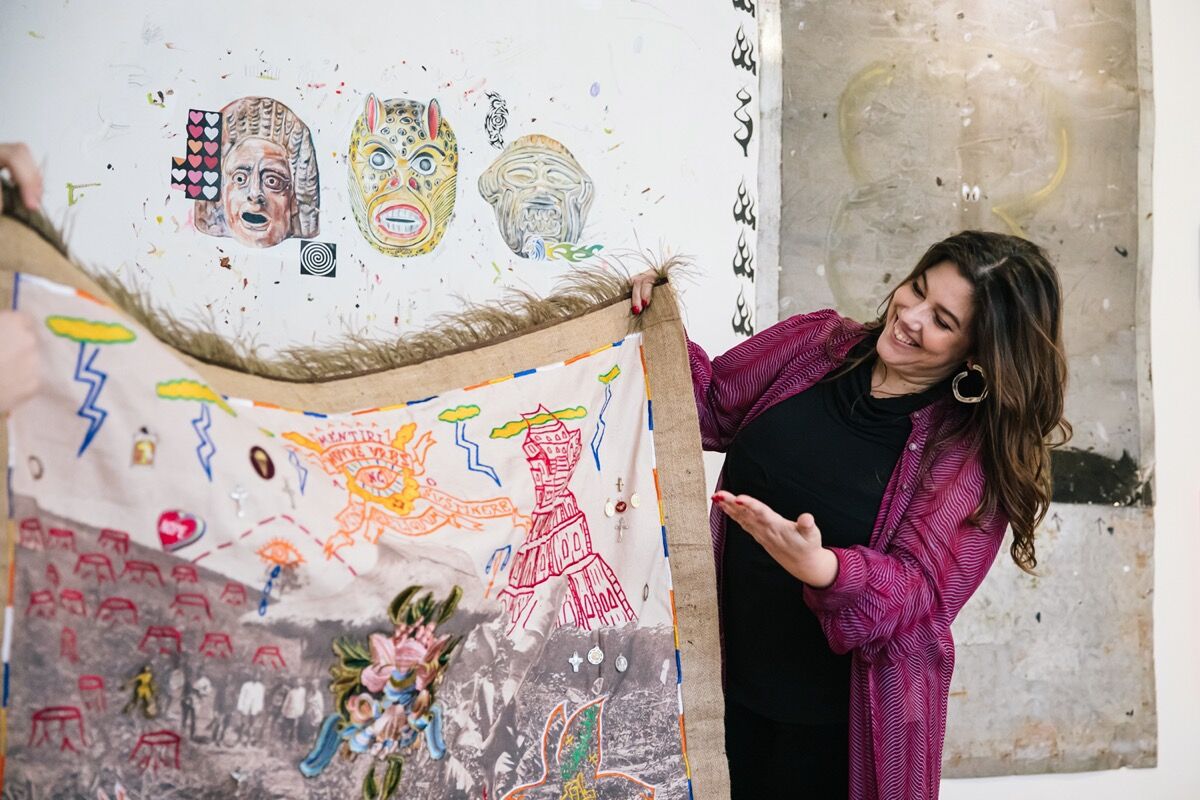
Benedicta M. Badia de Nordenstahl with her collection
2. What is your approach to collecting, and how did this change when you moved to Singapore?
In 2007 my family and I left Argentina for Puerto Rico. Thereafter we went to Mexico and Chicago and are now based in Singapore since 2017. Prior to our move to Southeast Asia, you could say my process was overarchingly informed by broadly Latin American frameworks of art collecting.
Upon moving to Singapore, I was confronted with narratives and histories which challenged many preconceived notions. The move cemented my desire to build bridges between artists’ voices across the latitudes and regions of South, Southeast Asia and Latin America. I began a more expanded thought-process regarding collecting; organizing our acquisitions in the collection to develop human connections across borders. Rather than taking on the meanings of prescribed labels, I now find myself questioning what ‘mainstream’ could be depending on each of our origins and perspectives.
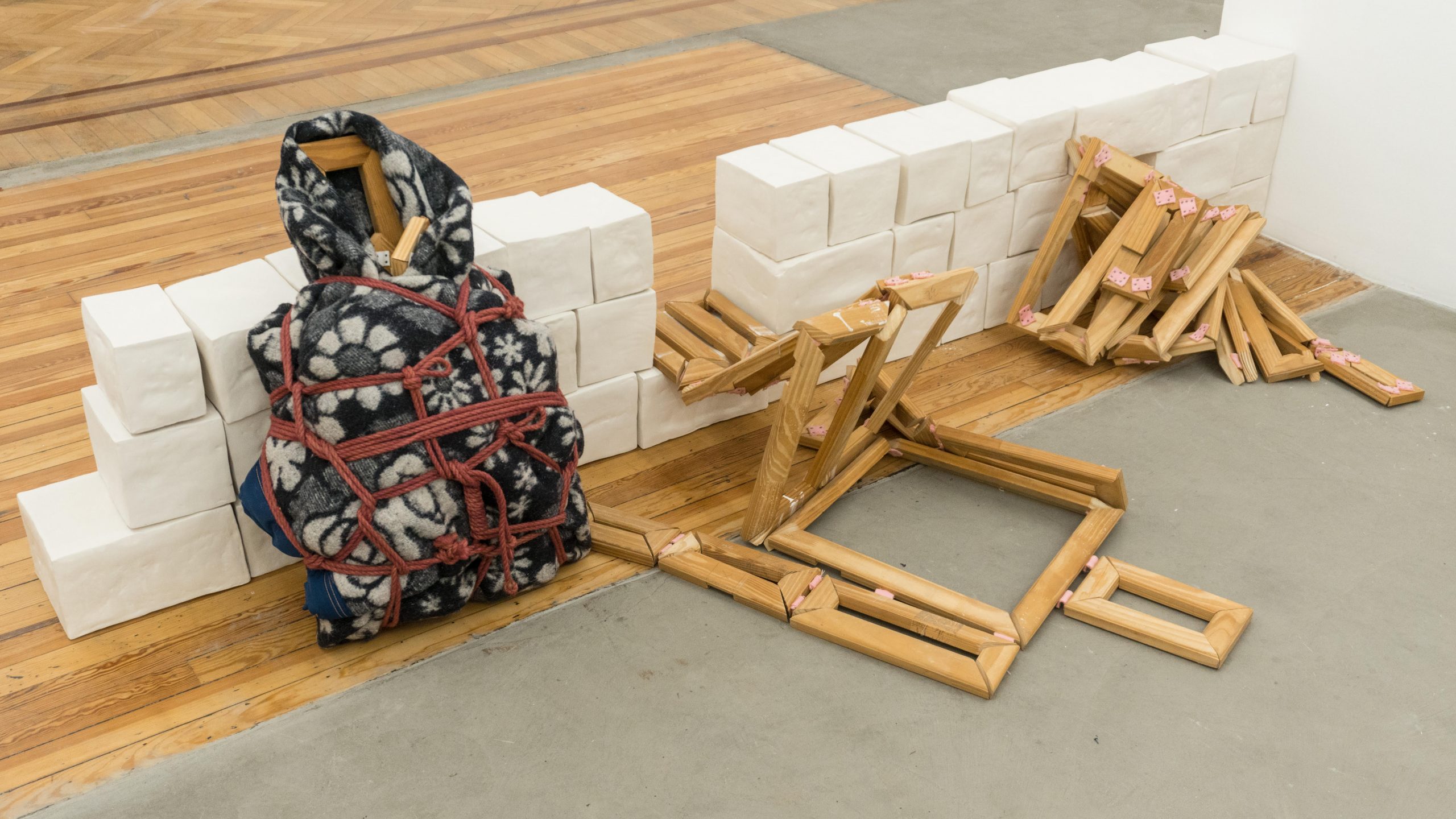
Mariela Scafati, Untitled, 2019, Ceramics, wood, rope, blanket, variable measures. Collection of Benedicta M Badia-Nordenstahl.
3. Can you share a little bit about some of your favourite works that you’ve collected?
I cannot really pinpoint one work, all of them are part of a “nest” of narratives. The artworks are interrelated and connected through emotional symbiosis, conceptual narratives, and philosophical matters pertaining questions of what’s essential to humanity. And many pose uncomfortable questions. In this sense, some of them are pivotal works connecting many narratives at the same time, like the works of Lawrence Abu Hamdam, Mariela Sacafti, Naufus Ramirez Figueroa or Martha Atienza. Even though these works are grounded in a locality, they also transcend international boundaries because they appeal to matters that concern all human beings.
–
4. You are teaching an advanced course for Metis’ The Chapters titled ‘Collecting as Social Practice’. What does it mean to you to collect conscientiously?
The belief in community, generosity and solidarity as well as inclusion is very important to me. Understanding how we engage, who we support, inclusion and exclusion formulas and validation systems of the art world is an imperative to why we consume art. Vulnerabilities and conscientious collecting means facing those huge ethical and moral dilemmas that come with consuming art. From a collector’s perspective, facing these can be daunting at times, but meaningful when looking to make great purchases.
One of the solutions to these dilemmas is focusing on the impact of art collecting as a political exercise. Analyzing the roles of actors in the art scene, and their impact in developing new social narratives. When collecting can take on a more conscientious nature, it becomes more purposeful than merely accumulating objects for your home.
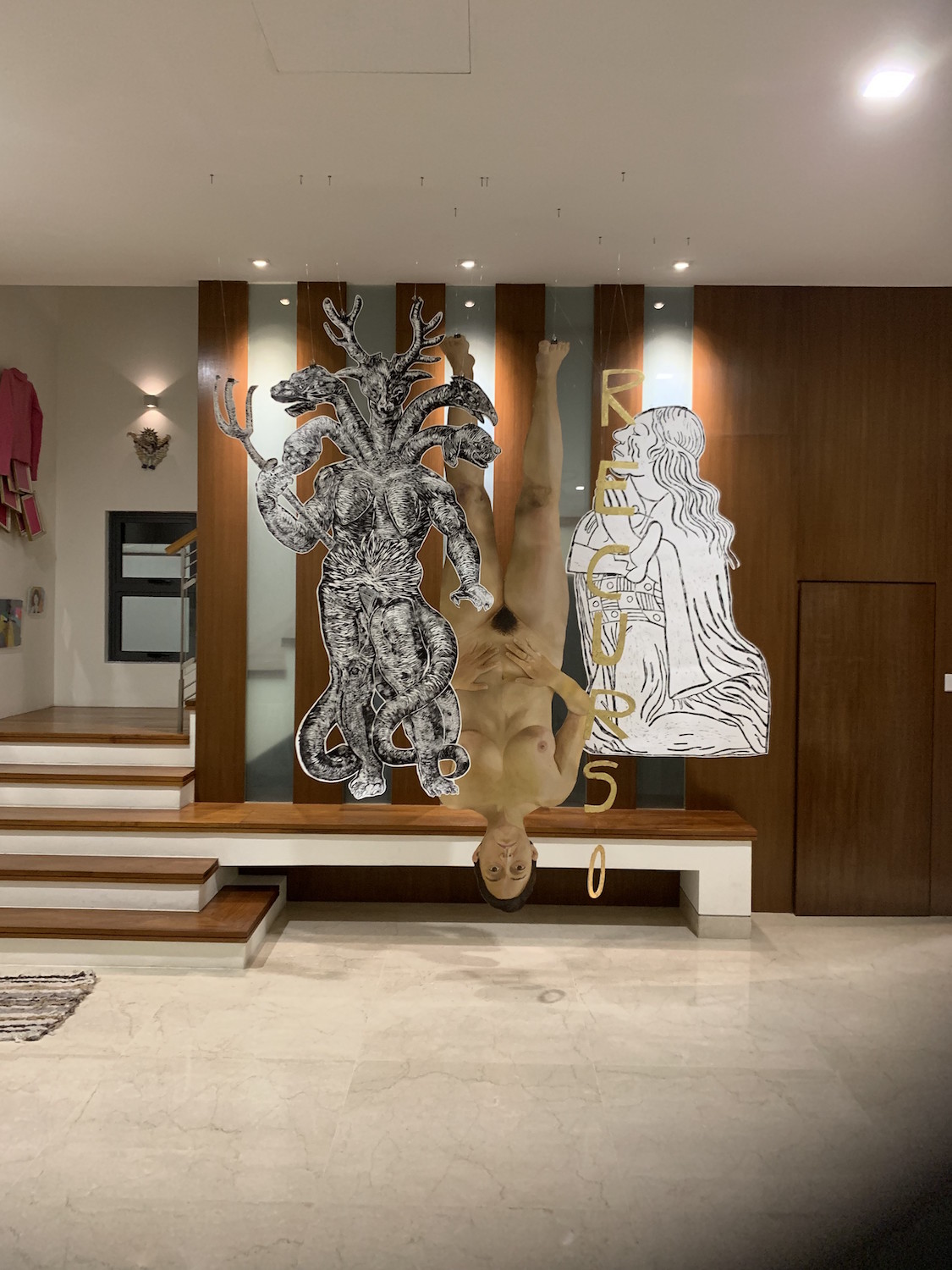
Installation view, Mariela Scafati and Maria Sosa. Collection of Benedicta M Badia-Nordenstahl.
5. How did you build the curriculum for the course, and what can attendees anticipate?
Art is a source of extreme joy and pleasure for me, and it is just as important that art collecting is done in a meaningful manner that benefits more than just the collector’s pocket or lifestyle. This is why for the course, we found ourselves placing great emphasis on discussing how to build a sense of legacy, why it is important to do so, and what kind could be built. There is not a good or bad way of collecting, but addressing the agency your collection could achieve by working on what really matters to you can help collectors empower their visions strongly and the huge responsibility we have on our shoulders when acquiring artworks, mainly as a platform of advocacy.
To this end, what attendees can expect includes an exploration of questions like ‘how can we as collectors and intermediary teams self-organise to promote artists whose narratives have an impact on social collective thought?’ Furthermore, there are examples and insights from real world practitioners with this version of a strong social mission within their collection practices that will contribute to deepen our learning and take-aways from this course. Hopefully we can look forward to cultivating new mindsets that will further our efforts not just as collectors who are looking to do more through art collecting, but grounding new ideas on how to engage during prospective purchases or formulating philanthropic opportunities.
–
6. What’s one piece of advice you would give to the next generation of aspiring young collectors who are keen to create social impact?
Very simply, do not immediately trust what really pleases your eye. Instead, if something enrages you, appals you, repels you even, try to give it a second thought by going towards it and looking inside yourself. Contemporary art will and must confront you with your own conflicts, and the social conflict of your times. As I’ve said before, ‘look for getting schooled by art, get slapped.’ More importantly, always approach artists with respect, for without them there is no art. In other words, listen to and learn from the artists.
Another thing is to support specific artists and intermediaries, including primary galleries, that are positively impacting our communities and being role models championing social change. Primary galleries are the champions of such artists and it would disempower them to go behind their backs and straight to the artists. There are also many independent organizations and platforms operating within the art world, such as /Afield and South South, whose missions entail putting a spotlight on such artists and projects. My advice would be to pay attention to what they are sharing with us.
Join us for our upcoming course Collecting as Social Practice, led by Benedicta M. Badia Nordenstahl. For more information, please follow the link here or email us at team@metisart.co






